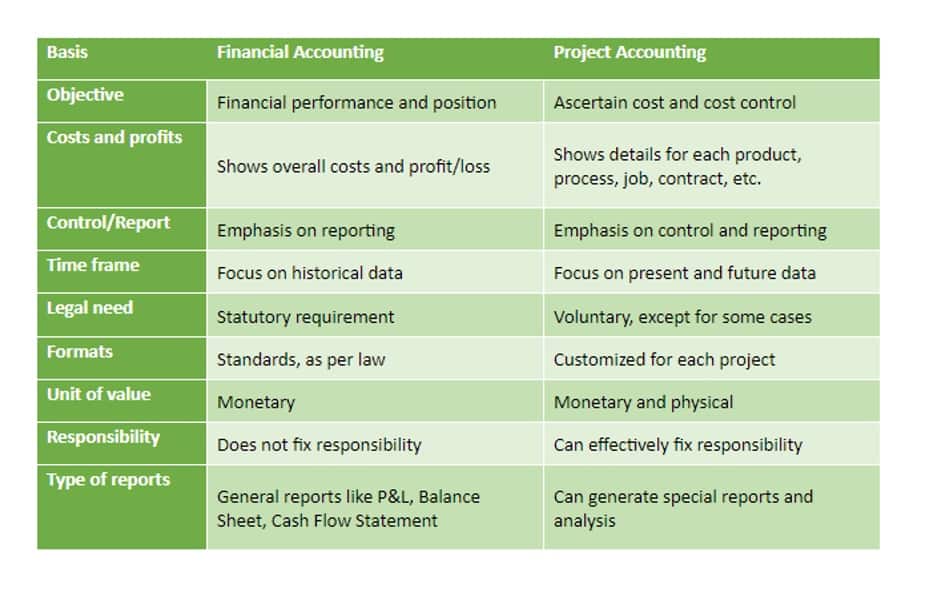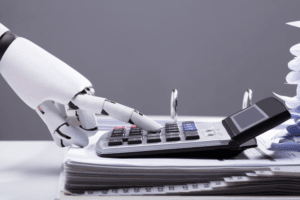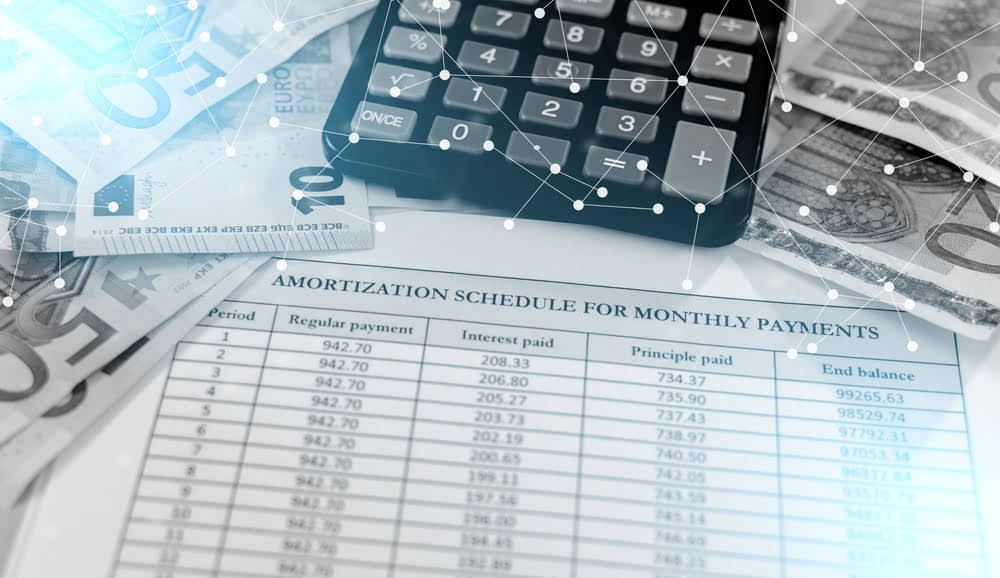How to Include Inventory and Receivables on an Income Statement
How to Include Inventory and Receivables on an Income Statement

There are a few steps that can help ensure accurate accounting for this asset on your balance sheet. When companies sell products or services, they typically offer payment terms that allow their customers to pay at a later date. income statement accounts This means that there will be outstanding invoices that represent Accounts Receivable for the business. This means that for every ₹1 of current liabilities, the company has ₹2 of current assets.
Automated accounts receivable at Invoiced
The rationale behind classifying assets as current lies in their expected timeframe of conversion into cash. Businesses require a constant flow of cash to cover ongoing expenses and investments, and current assets play a crucial role in ensuring this liquidity. The A/R turnover ratio is a measurement that shows how efficient a company is at collecting its debts. It divides the company’s credit sales in a given period by its average A/R during the same period. The result shows you how many times the company collected its average A/R during that time frame.

A better way to send and receive invoices.
- For example, let’s say that after a few months of waiting, calling him on his cellphone, and talking to his family members, it becomes clear that Keith has disappeared and isn’t going to pay that $500 invoice you sent him.
- Accounts receivable is an accounting term that reflects the funds owed to your business by customers who have already received a good or service but have not yet paid for it.
- Our invoicing engine can handle the most complex workflows, performing validations, discount management, and dispute resolution without drawing in your staff.
- For example, a company will have a Cash account in which every transaction involving cash is recorded.
- “Receivable” refers to fact that the business has earned the money because it has delivered a product or service but is, at that point in time, still waiting to receive the client’s payment.
- This analysis helps stakeholders understand the company’s financial health, performance, and trends over time.
Unless you require advanced payments or deal with cash on delivery (COD) https://www.bookstime.com/articles/payment-recovery sales only, you must record these credit-based transactions as A/R within your general ledger and corporate balance sheet. Understanding the financial health of a business is important for investors and creditors to potential partners and even individual consumers. The balance sheet, one of the fundamental financial statements, serves as a snapshot of a company’s financial position at a specific point in time. It portrays a clear picture of what the company owns (assets), owes (liabilities), and the remaining value owed to its owners (shareholders’ equity). Cash and other resources that are expected to turn to cash or to be used up within one year of the balance sheet date.

Assets:

When the factor purchases the receivables without recourse, the company selling the receivables is not responsible for unpaid amounts. In this scenario, for Sony, accounts receivable would be debited for $10,000, and retained earnings would be credited for $10,000, making the balance sheet balance. The reason retained earnings would be credited is that the sale of $10,000 would be a revenue for Sony, and therefore would increase retained earnings. In the image below, you can see Microsoft’s real balance sheet, where accounts receivable is inside the current assets section after cash and before inventories. Accounts receivable is any amount of money your customers owe you for goods or services they purchased from you in the past.


If a company sells merchandise (or provides services) and allows customers to pay 30 days later, this report will indicate how much of its accounts receivable is past due. As seen in the T-accounts above, Gem estimated that the total bad debts expense for the first two months of operations (June and July) is $10,000. It is likely that as of July 31 Gem will not know the precise amount of actual bad debts, nor will Gem know which customers are the ones that won’t be paying their account balances. However, the matching principle is better met by Gem making these estimates and recording the credit loss as close as possible to the time the sales were made. Understanding whether accounts receivable is a debit or credit is fundamental in accounting. Proper recording and management of AR ensure accurate financial statements and robust cash flow, contributing to the overall financial health of a business.
- Accounts payable on the other hand are a liability account, representing money that you owe another business.
- The aging of accounts receivable report helps management monitor and collect the accounts receivable in a more timely manner.
- A receivable is created any time money is owed to a business for services rendered or products provided that have not yet been paid for.
- The Accounts Receivable balance can be found on both the Balance Sheet and Income Statement.
- If you don’t already charge a late fee for past due payments, it may be time to consider adding one.
- The contra asset account Accumulated Depreciation is related to a constructed asset(s), and the contra asset account Accumulated Depletion is related to natural resources.
If Walmart were to go bankrupt or simply not pay, the seller would be forced to write off the A/R balance on its balance sheet by $1.5 million. To free up cash bookkeeping flow and increase the speed at which they can access funds, many companies offer an early-pay discount on longer A/R balances to try to get their clients to pay them sooner. The best way to understand accounts receivable is to view a transaction and how it ends up on the balance sheet.
